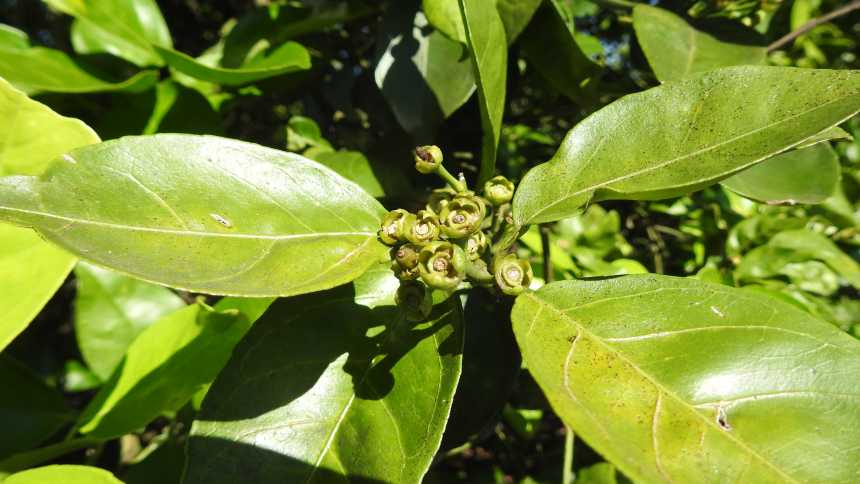
When it’s warm and wet during citrus bloom, be on the lookout for postbloom fruit drop (PFD).
Photo by Frank Giles
Citrus growers won’t soon forget the plague that was postbloom fruit drop (PFD) in 2016. Luckily, it has not been as severe in Florida since then, but there have been pockets of the problem in groves.
When conditions are ripe for PFD, growers have a small window of time to take action to protect blooms and fruitlets. According to Megan Dewdney, Ph.D., an Associate Professor of Plant Pathology at the UF/IFAS Citrus Research and Education Center, growers need to be aware of the trifecta of conditions in groves needed for PFD — open flowers, warm, and wet conditions.
Ring the Bell
Recently, UF/IFAS scientists have developed the Citrus Advisory System (CAS), which sends web-based alerts to citrus farmers via mobile devices or email. That way, growers can tell when to spray their trees with the appropriate fungicides.
Clyde Fraisse, a UF/IFAS Professor of Agricultural and Biological Engineering, led the team that created CAS, which was developed based off a model from research in Brazil where PFD is a significant problem.
The system measures leaf wetness and temperature to monitor for ideal conditions for development of the fungus spores that lead to PFD. CAS, available at Agroclimate.org/tools/cas, uses real-time weather data from stations within the Florida Automated Weather Network, which are scattered throughout the state. The data determine whether risk for PFD is low (green), moderate (yellow) or high (red). Specific fungicide spray recommendations are given according to the disease-risk conditions.
Prioritize Sprays
Dewdney says it’s always best to apply fungicides in advance of the PFD infection of blooms, but that’s not always practical or possible. And it is a fine line of time, because if applications are made too early, the flower will expand beyond where the fungicide was applied, leaving the new petal tissue exposed to infection.
“You have about a day to a day and a half where you can make an application and it will be pretty efficacious after the infection period begins,” she says. “When you are looking at multiple blocks, think about which ones tend to get PFD the most and then their relative value. Try to target your pre-infection sprays to the blocks that have the highest value and you have the most to lose. And, for those lower-value blocks where you have less to lose, target those sprays post-infection.”









